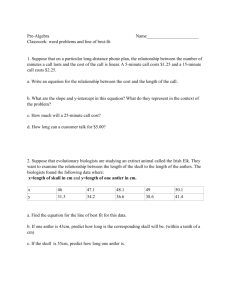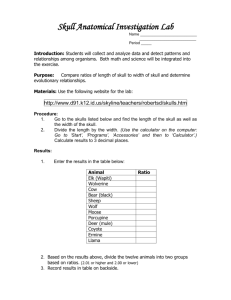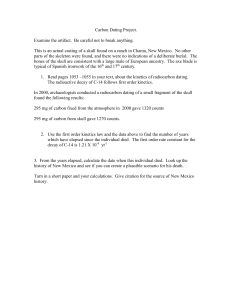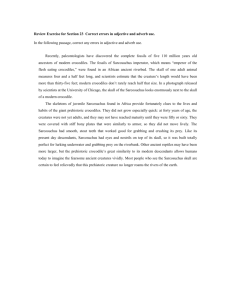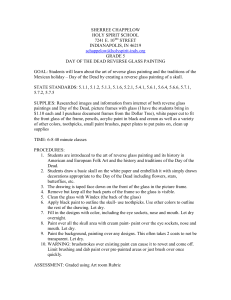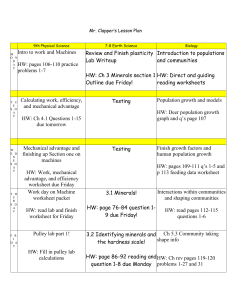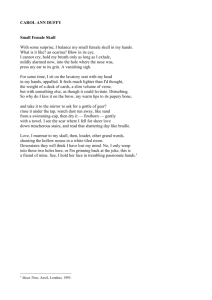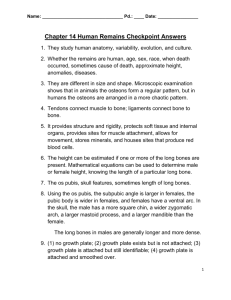Two photographs, early 21st century 1. Human remains are seen
advertisement
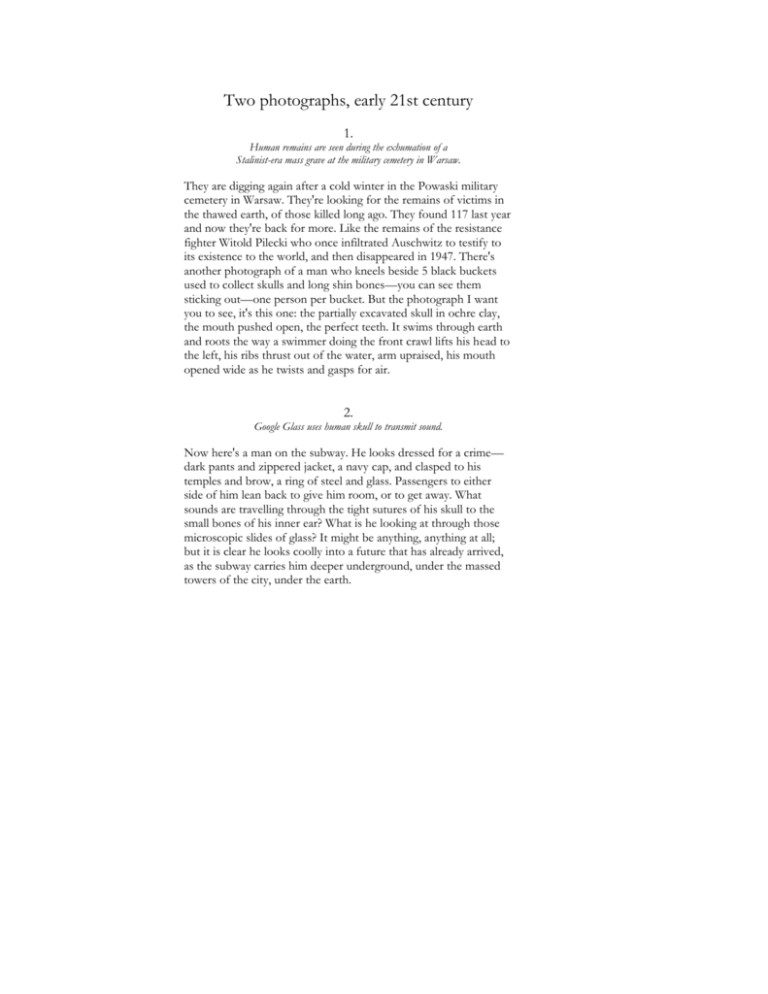
Two photographs, early 21st century 1. Human remains are seen during the exhumation of a Stalinist-era mass grave at the military cemetery in Warsaw. They are digging again after a cold winter in the Powaski military cemetery in Warsaw. They're looking for the remains of victims in the thawed earth, of those killed long ago. They found 117 last year and now they're back for more. Like the remains of the resistance fighter Witold Pilecki who once infiltrated Auschwitz to testify to its existence to the world, and then disappeared in 1947. There's another photograph of a man who kneels beside 5 black buckets used to collect skulls and long shin bones—you can see them sticking out—one person per bucket. But the photograph I want you to see, it's this one: the partially excavated skull in ochre clay, the mouth pushed open, the perfect teeth. It swims through earth and roots the way a swimmer doing the front crawl lifts his head to the left, his ribs thrust out of the water, arm upraised, his mouth opened wide as he twists and gasps for air. 2. Google Glass uses human skull to transmit sound. Now here's a man on the subway. He looks dressed for a crime— dark pants and zippered jacket, a navy cap, and clasped to his temples and brow, a ring of steel and glass. Passengers to either side of him lean back to give him room, or to get away. What sounds are travelling through the tight sutures of his skull to the small bones of his inner ear? What is he looking at through those microscopic slides of glass? It might be anything, anything at all; but it is clear he looks coolly into a future that has already arrived, as the subway carries him deeper underground, under the massed towers of the city, under the earth.
